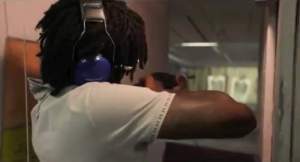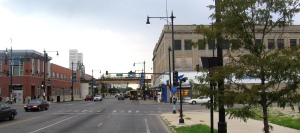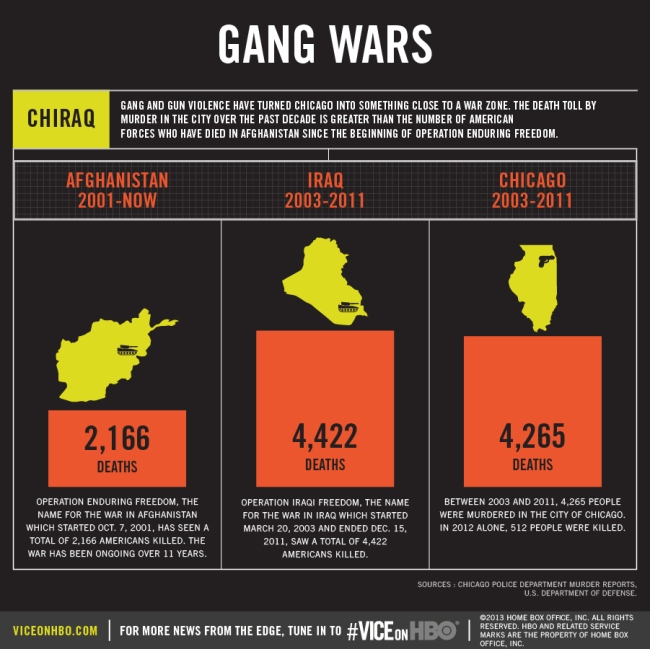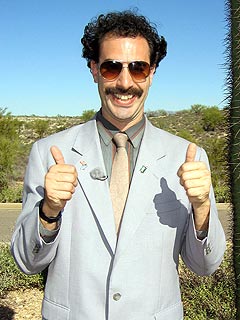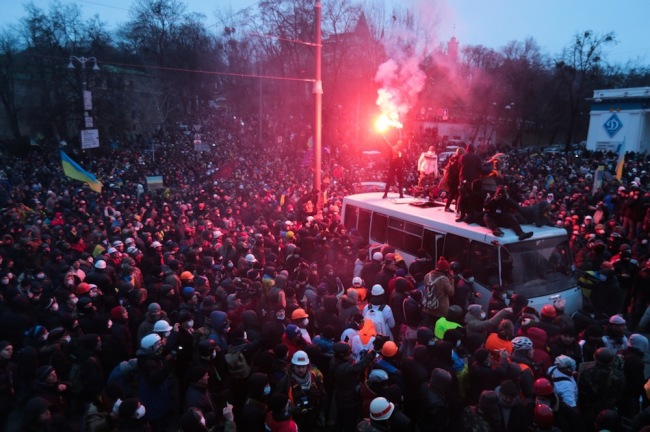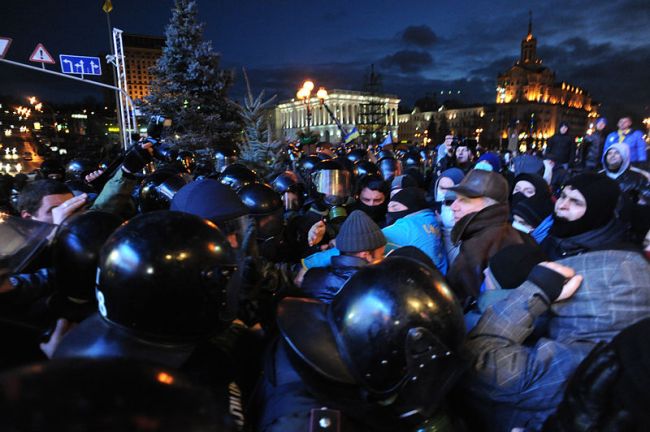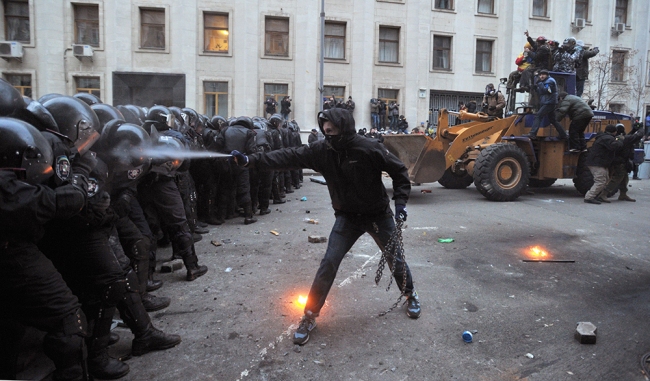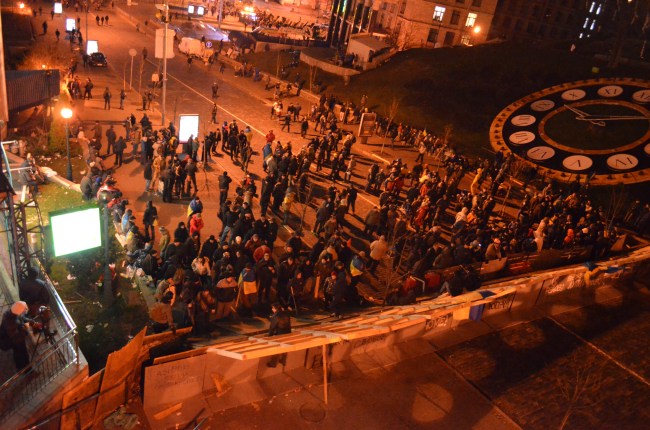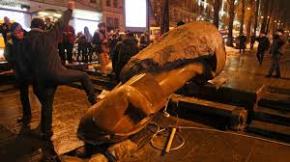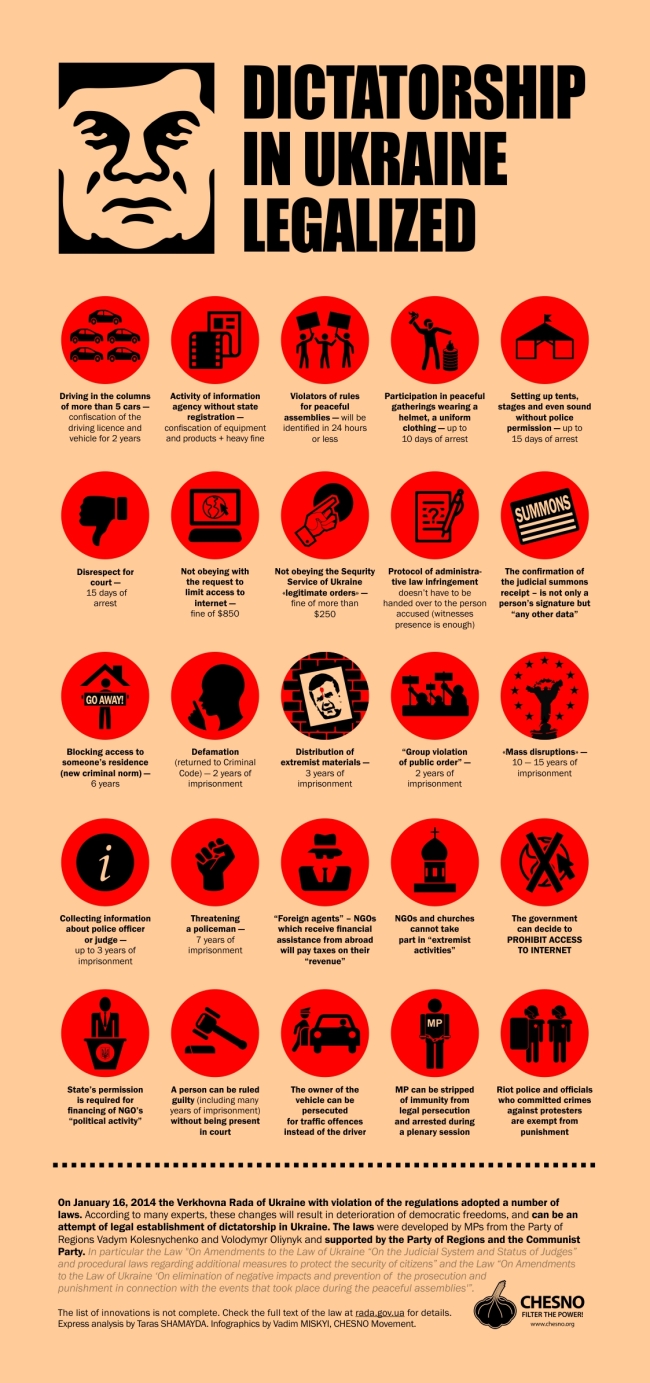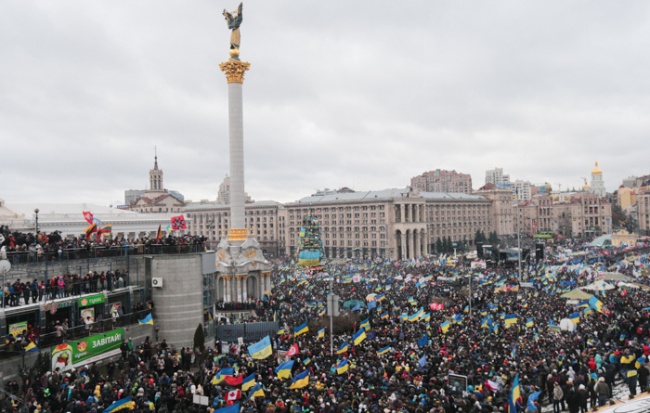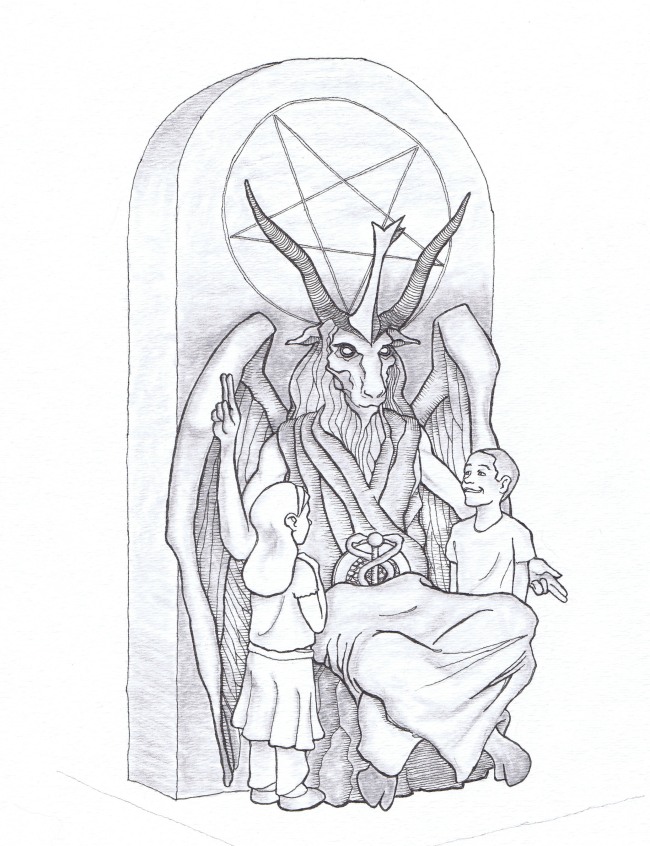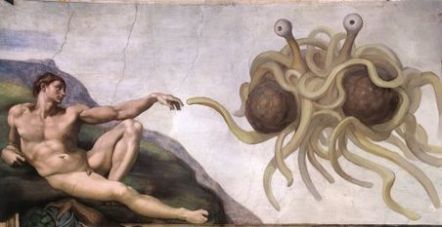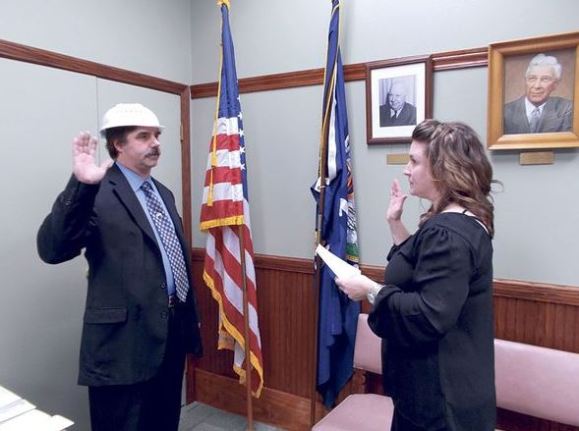(From In Loco Politico)
It was briefly before the summer of 2012 when then 16 year-old rapper Chief Keef (birth name Keith Cozart) burst into the "drill" music scene. While being confined to his grandmother's house under house arrest for previous weapons charges, Sosa (as he's commonly referred as) release three songs onto his YouTube account: "Bang", "3hunna", and "Don't Like. "Don't Like" quickly became a hometown banger that attracted the likes of fellow Chicago rapper Kanye West. West, along with GOOD music members Pusha T, Big Sean, and 2 Chainz, made a remix to the hit and included it in the collective's debut album. Soon, Keef quickly burgeoned into the limelight. He had various record labels courting him as well as having many heavy hitters in the rap industry either be featured on his songs or feature him in theirs. Chief Sosa would eventually settle for a multi-million, three album deal with Interscope.
Keef's raps deal with the dark and violent underbelly of mainstream American society. Gritty lyrics dealing with drugs, murder, and women coupled with beats with ear-numbing bass, makes Keef something record labels have never seen before. He is a metaphorical breath of fresh air in a market saturated with similar sounding rappers and beats.
A known Black Disciples gang affiliate, Keef and his friends are often seen toting around guns and smoking blunts and sipping lean in many of his music videos. Keef has been in trouble various times with the law for gun charges and has actually served time in prison for this. In a recent interview with Pitchfork magazine, Keef was seen shooting a gun at a firing range in New York, effectively violating his terms of 18-month probation which he received in 2011 for pointing a gun at an officer.
While many might disagree, Chief Keef is truly a poet of the streets. He accurately portrays the struggle young impoverished minority males go through on the unforgiving streets of Chicago's South Side. He gives a brutally honest representation on the effects of poor socioeconomic status on a society. Keef is not a fabricated figure; everything he does is real and actually him. He is a physical manifestation of everything wrong with Chicago's South Side.
As ironic as it might seem, I enjoy Keef's music and anxiously await the release of his newest mixtape, Bang 3. I cannot quite place my finger on exactly why I like this genre of music as I don't indulge myself in the hedonistic and violent lifestyle described in the lyrics of these songs. Perhaps it is the hypnotizing thumping beats, or the catchy lyrics.
"Tryna get some money gotta take risksHit the highway up with like 8 bricksFuck the police, gotta take trips" lyrics from Fredo Santana's (a Chief Keef affiliate) "Take Risks".
Keef's success is unorthodox and at first seemed extremely unlikely. In a neighborhood where many end up dead or in prison by the age of thirty, Keef has surpassed all expectations and has broken the mold. He has made more than most people have in a couple lifetimes, all before the age of 20.
Keef was born and raised in Englewood on the South Side of Chicago, where the median income is less than .$20,000 a year The poverty rate is at a staggering 44%, as opposed to Chicago's 20%, and it is often called the most violent neighborhood in one of the most dangerous area in the murder capital of the United States. In Englewood, police sirens and gunshots are an often, if not daily, occurrence. A 21-year old resident of the area was quoted as saying“Crazy! Blue lights – you hear the sirens don’t you. That’s what you have all day every day. It’s Englewood.”
Despite having some of the most stringent gun control laws in the entire country, shootings are still prevalent in Chicago. In 2012 alone, over 500 people were murdered, many of them victims of gang violence that has plagued Chicago. Surprisingly enough, these 500 homicides pale in comparison to the amount in 1991, when there was an astounding 922 homicides in the city. The murders in Englewood have caused a massive exodus from the city. The population drastically decreased from 97,000 residents in 1967 to about 30,000 in 2010, with 10,000 residents leaving the area from 2000-2010. Chicago, being essentially the birthplace of the American gangster, has had a long history of gang violence that has continued to this very day.
Between 2003-2011, there was more homicides in Chicago the combat deaths in Afghanistan. The number of combat deaths in Iraq only slightly edged out the number of homicides in Chicago.
The extensive number of murders have led many to dub Chicago as "Chiraq", a nomenclature that derives from the combination of Chicago and Iraq.
75 percent of those murdered were African-American--and 75 percent of the murderers were also African-American. The staggering amount of black-on-black violence has been mainly ignored by the mainstream media. While they're busy covering the tomfooleries of one particular Canadian pin head, the media only briefly covers the ever-growing violence not only in Chicago's South Side, but throughout various impoverished communities throughout America. While the African-American community went into an uproar when they heard about Trayvon Martin's shooting, not very many of them stirred at the hundreds, if not thousands of black-on-black murders. The violence is so bad that kids plan their own funerals in advanced just in case they get killed walking to or from school. It has become so bad that it forced Darnell D. Hamilton, a 4.0 GPA student at the prestigious charter school Urban Prep, to bring a loaded 9 millimeter handgun to school. After being repeatedly harassed by gang members, Darnell decided to arm himself in case they threatened his life. The gun was found on him at school and now faces two felonies: unlawful use of a weapon and possession of a firearm on school grounds. The judge set bail at $75,000.
What is the root of Chicago's violence problem? Some would say the problem stems from Jim Crow laws of the late 19th century. Others would blame the lack of funding for public schools and other public works programs. For many young black teenagers, the only way to become successful and respected is to join a gang and sell and/or produce drugs, or in a more colloquial term, live that "trap life". The violence in Chicago is not caused by Chief Keef's music. Rather, Chief Keef is a result of the violence in the unforgiving South Side of Chicago.
